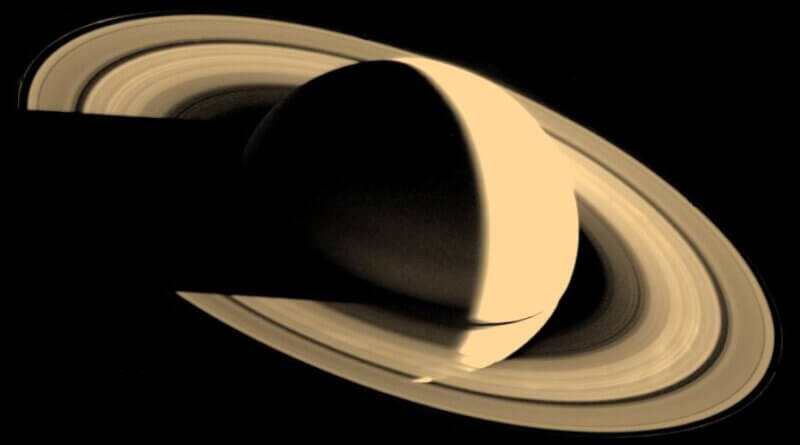Space Is The Place: The Night Sky Over Belper, December 2023
In December’s Night Sky: Jupiter and Saturn are on view, Venus is the morning star. Look out for Geminid meteors on the 13 /14th. The Winter solstice is on the 22nd.
Winter Solstice
The Winter Solstice, the shortest day of the year, takes place on the 22nd of December.
The Geminids (13th /14th December)
The Geminids Meteor Shower will peak on the night of Wednesday the 13th of December going into the early morning hours of Thursday 14th of December. The Geminids tend to produce bright and relatively slow moving meteors, so it is well worth going out to see if you can spot a few. Start looking from 11.00pm onwards for best results.
The predicted rate of meteor activity is predicted to be around 100-120 meteors per hour. You won’t see that many, but on the peak night expect to see a meteor every twenty minutes or so.
As always, find a dark site to view from, try to see as much of the sky as possible, look up, and be patient.
It is also worth looking for Geminids on any clear night up to the 13 /14th, and for a couple of nights beyond that.
Ursids Meteor Shower (22nd / 23rd December)
The last meteor shower of the year is the Ursids. This is a small meteor shower that sometimes performs well. It is visible from the 17th up to the 22nd of December. At its peak (December 22nd / 23rd) it can produce up to 25 meteors per hour. Expect to see a couple of meteors per night if the viewing is good.
The Quadrantids (2nd /3rd January 2024)
The New Year brings the Quadrantids Meteor shower. The rate of meteors per hour is not as high as December’s Geminids, but viewing is often repaid by seeing a few meteors per session. The Quadrantids tend to produce bright meteors, some with long trails. The best time to look for them will be on the 2nd of January going into the early hours of the 3rd.
The Moon
9th / 10th December: A crescent Moon appears to be close to Venus (just before dawn)
17th December: The Moon appears to be near Saturn
22nd December: The Moon appears to be near Jupiter
27th December: Full Moon
The Planets
Jupiter shines brightly in the south, from nightfall onwards. Jupiter is well placed for observation. A telescope will show Jupiter’s bands and the Galilean moons. The Moon appears to be near on the 22nd.
Saturn is visible in the south-west, it appears to be close to the crescent Moon on the 17th. Most astronomy telescopes will show Saturn’s rings. (See headline image, courtesy of NASA – Saturn and its Rings).
Venus is the “morning star” rising in the south-east. Bright and unmistakeable, catch it before dawn. The crescent Moon appears to be close to Venus on the 9th / 10th of December.
International Space Station
All sightings are in the AM until the 21st, but worth checking after that.
The International Space Station is one of the brightest objects in the night sky. It is not hard to spot, providing you know where to look, and it flies-past throughout the year. Fly-pasts tend to swing from PM to AM.
Typically ISS will be in the sky for up to four minutes at a time. It will move slowly across the sky, at first bright and then fading as it moves over the horizon. NASA’s Spot the Station site tracks ISS and gives accurate forecasts of sightings. Signing up to the Alerts Site will give you advance warnings for the more prominent sightings.

